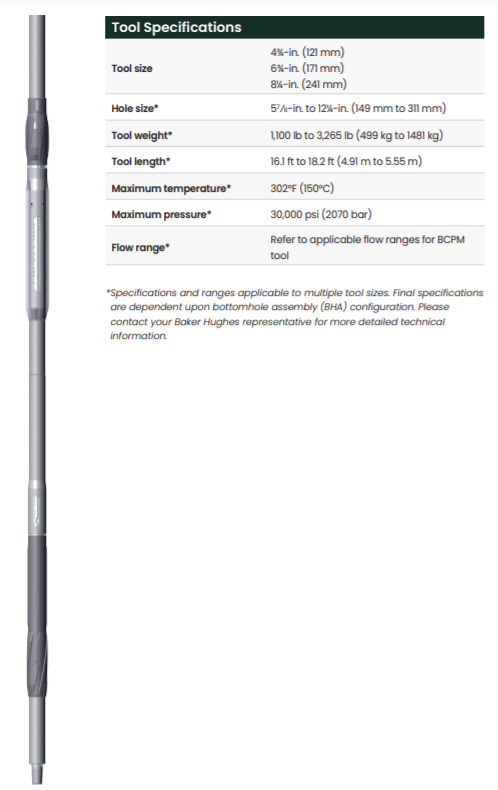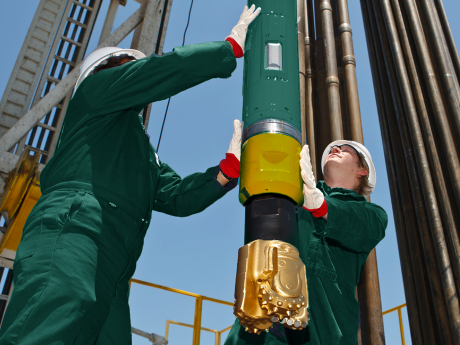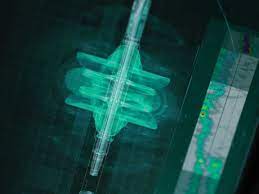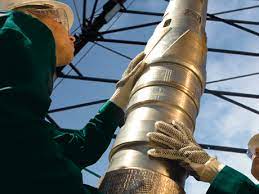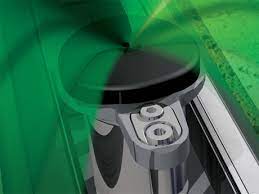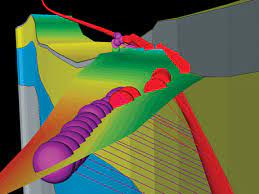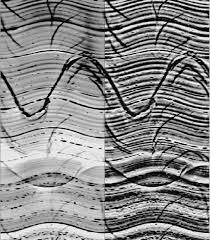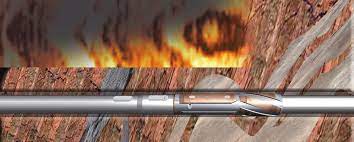
- __
- __
LTK
LithoTrak™
Your price
Contact us for pricing
The Baker Hughes LithoTrak™ logging-while-drilling (LWD) density and porosity service delivers accurate and reliable neutron porosity and formation density logs. The service also provides operators with real-time images for enhanced reservoir navigation and wellbore stability. A proprietary binning technique gathers accurate density measurements, regardless of borehole quality, vibrations, and hole cleaning. The service eliminates the need for additional wireline runs and reduces nonproductive time, allowing operators to update drilling plans in real time and avoid drilling hazards.
Your price
Contact us for pricing
The LithoTrak™ bulk density and neutron porosity from Baker Hughes delivers the most accurate LWD porosity measurements under challenging hole conditions. Accuracy of porosity measurements is the critical element in formation evaluation. A single p.u. porosity difference in a large field can cause an error of hundreds of millions of dollars in booking reserves.
The LithoTrak service offers measurement of formation density, neutron porosity, borehole caliper, and formation imaging. Because this is real-time information, you can geosteer the well for maximum reservoir exposure.
Neutron porosity and bulk density are critical for the quantification of hydrocarbons in the reservoir. When used with other formation evaluation measurements, such as gamma ray and resistivity, you can make several determinations. These include type of hydrocarbons, reserves in place, total recoverable hydrocarbons, asset dollar value, and profitability. You can also evaluate water saturation and analyze geological structure using these measurements.
When combined with acoustic data, the density measurement can be used to generate synthetic seismograms to accurately correlate to seismic. This is important for accurate wellbore placement in areas with high geologic uncertainty. You can combine density with acoustic data to determine rock strength for wellbore stability applications.
The LithoTrak service’s uncompromising accuracy and reliability is designed to operate under 30,000 psi (2,068 bar) in harsh deepwater environments.
The LithoTrak service offers measurement of formation density, neutron porosity, borehole caliper, and formation imaging. Because this is real-time information, you can geosteer the well for maximum reservoir exposure.
Neutron porosity and bulk density are critical for the quantification of hydrocarbons in the reservoir. When used with other formation evaluation measurements, such as gamma ray and resistivity, you can make several determinations. These include type of hydrocarbons, reserves in place, total recoverable hydrocarbons, asset dollar value, and profitability. You can also evaluate water saturation and analyze geological structure using these measurements.
When combined with acoustic data, the density measurement can be used to generate synthetic seismograms to accurately correlate to seismic. This is important for accurate wellbore placement in areas with high geologic uncertainty. You can combine density with acoustic data to determine rock strength for wellbore stability applications.
The LithoTrak service’s uncompromising accuracy and reliability is designed to operate under 30,000 psi (2,068 bar) in harsh deepwater environments.
Features and Benefits
• Compensated density and Pe measurements collected through standoff binning
• Eliminates need for additional wireline runs with accurate density measurements in drilling environments
• Reduces wellsite nonproductive time
• Real-time borehole density images and caliper measurements in all mud types
• Facilitates accurate reservoir navigation for optimal wellbore placement
• Increases safety by avoiding drilling hazards
• Accurate identification of fluid contacts and hydrocarbon typing
• Optimizes wellbore placement
• Improves hydrocarbon recovery
• Azimuthal borehole caliper and real-time, short-spaced borehole images
• Improves wellbore stability through breakout detection and borehole profiling
Applications
• Formation and reservoir evaluation in all well profiles
• Acquires data, using straight-hole rotary steerable motors, or rotary steerable drilling systems
• Reservoir navigation
• Wellbore stability monitoring

